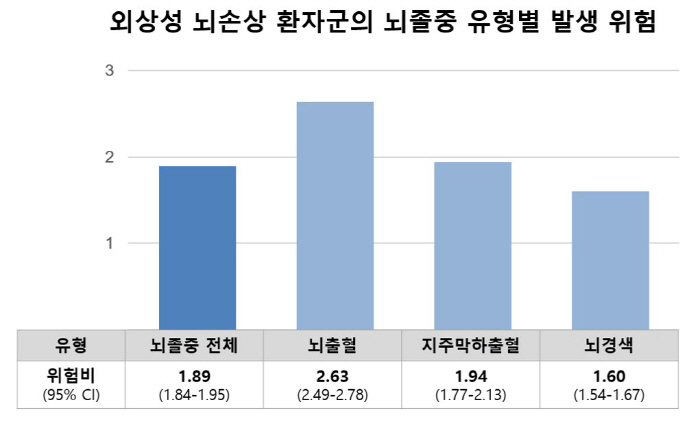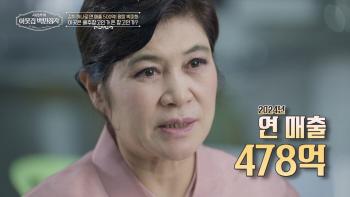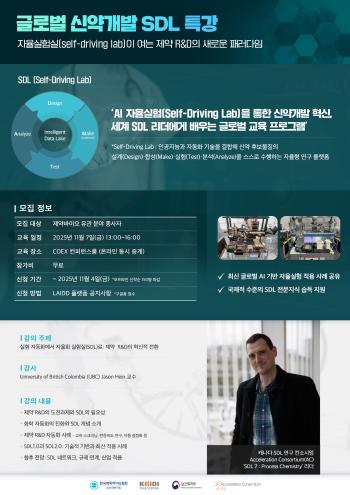Those who have experienced traumatic brain injury under the age of 50 have 1.9 times higher risk of stroke
Mar 28, 2025
|
In particular, it was found that the risk of stroke was significantly maintained even one year after traumatic brain injury. Young adults who have experienced traumatic brain injuries are expected to actively manage stroke risk factors such as blood sugar, blood pressure, and cholesterol.
Professor Lee Ja-ho and Professor Choi Yoon-jung of the Department of Rehabilitation Medicine at Seoul National University Hospital (National Transportation Rehabilitation Hospital Research Institute) published the results of a study that retrospectively compared the risk of stroke among a total of 1.04 million people in the general control group with traumatic brain injuries under the age of 50.
Traumatic brain injury is a damage to the brain caused by external shocks such as traffic accidents and falls. From relatively minor concussions to severe cases, they include cerebral edema, persistent comas, cerebral hemorrhage, and skull fractures. It is a leading cause of death for young adults worldwide and one of the major risk factors for stroke.
Stroke is recognized as a disease of the elderly, but the incidence rate is also increasing recently among young and old people. However, there were no studies that systematically analyzed the risk of stroke for those who experienced traumatic brain injury under their 50s.
The research team tracked the data of 1.04 million people aged 18-49 registered with the National Health Insurance Service for more than seven years by dividing them into a group of traumatic brain injury patients and a control group whose age and gender match 1:1 or more. After that, stroke was divided into ▲ cerebral infarction ▲ cerebral hemorrhage ▲ subarachnoid hemorrhage, and the risk of occurrence was compared.
As a result of the analysis, the overall stroke incidence per 1,000 people (the probability of stroke occurring when observing 1000 people for a year) was 3.82% and 1.61% in the patient group and the control group, respectively. As a result of correcting other variables, the patient group had a 1.89 times higher risk of stroke than the control group. By type, cerebral hemorrhage was the highest at 2.63 times, and subarachnoid hemorrhage and cerebral infarction were 1.94 times and 1.60 times, respectively.
In addition, the risk of stroke still persists more than 1 year after traumatic brain injury. As a result of analyzing only patients a year after the occurrence of traumatic brain injury, the overall risk of stroke was 1.09 times higher than that of the control group, and the risk of cerebral hemorrhage was especially 1.2 times higher.
In addition, the research team classified the type of traumatic brain injury into concussion, external concussion injury, and skull fracture and analyzed it sub-analysis.
The non-concussion injury group and the skull fracture group increased the risk of cerebral hemorrhage by about 9 and 5 times, respectively, compared to the control group, and the concussion group, which is relatively mild than the other two types, also increased the risk of cerebral hemorrhage by about 2 times. Therefore, the research team emphasized that when young adults who frequently engage in physical activities such as sports experience concussions, they should pay special attention to stroke prevention without passing them lightly.
Professor Lee Ja-ho said, `If young people under the age of 50 have experienced traumatic brain injuries, they should make efforts to prevent stroke early by managing blood sugar and cholesterol through regular checkups and practicing healthy lifestyles"In particular, young traumatic brain injury patients tend to overlook their stroke risk, so it seems necessary to raise awareness of stroke prevention for them. "
On the other hand, the results of this study were introduced as a remarkable study in an op-ed in the international journal 『The Journal of the American Heart Association』.
|
This article was translated by Naver AI translator.















